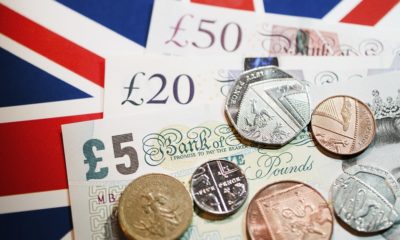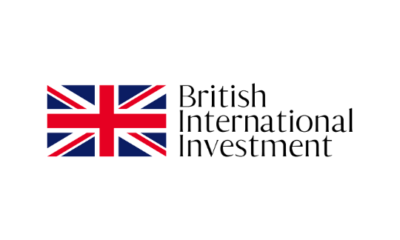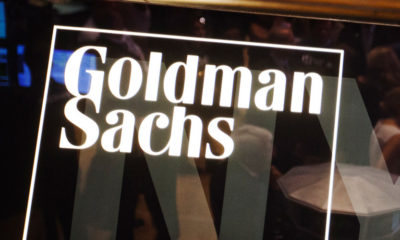- Current-account gap climbs to 5.9% of GDP from 5.7% in 1Q
- GDP growth revised to 0.7% on the back of services, investment
The U.K. current-account deficit widened in the second quarter as the trade gap hit a 2 1/2-year high and Britain continued to record heavy outflows of investment income.
The shortfall — the difference between money coming into the U.K. and money sent out — was 28.7 billion pounds, the Office for National Statistics said on Friday. That equates to 5.9 percent of gross domestic product, up from 5.7 percent in the first quarter. The deficit hit a record 7 percent at the end of last year.
Brexit has thrown the current-account gap into the spotlight, with some analysts warning that foreign investors may be less willing to finance the shortfall by buying U.K. assets. Mounting concern has contributed to the sharp fall in sterling since the June 23 decision to leave the European Union.
Separately, the ONS said the economy grew 0.7 percent in the second quarter, slightly more than the 0.6 percent previously estimated. Consumers stepped up their spending and business investment increased, offsetting the biggest drag from net trade since 2013.
At 5.4 percent of GDP last year, the U.K. current-account deficit was double that of the U.S. Bank of England Governor Mark Carney has warned of a reliance on “the kindness of strangers” and credit-rating agencies highlight the gap as a key weakness. Trade Secretary Liam Fox added his voice on Thursday as he chided British companies for exporting too little.
Sterling Hopes
The total trade deficit widened to 12.7 billion pounds in the second quarter, or 2.6 percent of GDP. The gap between what British investors earn on their foreign investments and what foreigners earn on their investments in Britain narrowed but still totaled almost 10 billion pounds. The deficit on secondary income, which covers remittances and government transfers, widened.
There are hopes that a more competitive pound will help boost demand for exports and reduce spending on imports. Economists surveyed see the current-account deficit narrowing to 4 percent of GDP in 2017 from a record 5.5 percent this year.
The GDP figures paint a picture of an economy that held its own prior to the Brexit vote and there are signs of continuing resilience.
In July, services rose by 0.4 percent, boosted by retail sales, the film industry and computer programming. Industrial production rose 0.1 percent in the same month and construction stagnated. Together with business surveys for August, it suggests Britain is on course to avoid contraction in the third quarter.
No Shock
“This fresh data tends to support the view that there has been no sign of an immediate shock to the economy, although the full picture will continue to emerge,” said ONS statistician Darren Morgan.
The revision to the second quarter was due to services and investment being higher than previously estimated. Business investment rose 1 percent instead of 0.5 percent and services grew 0.6 percent, up from 0.5 percent. Net trade knocked 0.8 percentage points off growth as exports fell 1 percent and imports gained 1.3 percent.
GDP grew 2.1 percent in the second quarter from a year earlier. On an annualized basis, it expanded 2.7 percent, compared with 1.4 percent in the U.S.
Economists expect a sharp slowdown next year as Brexit hits hiring and investment and accelerating inflation saps consumer spending. Real disposable income grew 0.6 percent in the second quarter while the savings ratio fell to 5.1 percent from 5.6 percent.

 Forex2 weeks ago
Forex2 weeks ago


 Naira2 weeks ago
Naira2 weeks ago
 Billionaire Watch2 weeks ago
Billionaire Watch2 weeks ago




 Naira2 weeks ago
Naira2 weeks ago




 Naira2 weeks ago
Naira2 weeks ago




 Naira4 weeks ago
Naira4 weeks ago


 Naira6 days ago
Naira6 days ago
 Banking Sector4 weeks ago
Banking Sector4 weeks ago






















